2017 MG GS 2.0

| The Good: – Modern style inside and out – Cabin legroom and features – Fair ride and handling |
The Bad: – Lazy powertrain response – Offroad capability – Hard cabin plastics |
There’s a bit of a Chinese invasion going on right now in the Middle East with the proliferation of various new car brands. Over the past year, we’ve driven cars from Geely, Changan and Haval, but there’s one Chinese carmaker that has been around here longer than them. That would be Morris Garages, better known as MG, the British brand that was bought out by China’s SAIC. Their latest offering is the MG GS, a compact crossover SUV with the tongue-twister name.
Designed at MG’s UK design centre, the Chinese-built GS is a handsome little car, sharp and contemporary. With its intricate 18-inch alloys and silver trim breaking up the black lower-exterior cladding, the MG’s styling elements look more resolved than in any other Chinese offering. It looks small, but is actually a bit longer than a Hyundai Tucson. It’s put together as well as any Japanese or Korean car, but our test car had a front bumper that appeared to be of a different colour from some angles.

Step-in height isn’t particularly high, but an unneeded integrated side-step actually makes it more of a stretch to get inside. The cabin design itself is nicely done, with angular shapes and a clean control-button stack below the multimedia screen, but it’s all comprised of hard plastics. Only the seats, door inserts and armrests are padded, upholstered in rather unappealing leatherette. Build quality is generally fine, except for a few issues specific to our test car, such as rear headrests that are jammed in one position.
Cabin space is pretty decent, with good rear legroom and just enough headroom to fit taller occupants. Boot space is oddly below average, smaller than pretty much all its rivals, although it will still fit prams and such, the rear bench split-folds, and there is a hidden storage space underneath the boot floor. There are also enough cup-holders, cubbies and pockets strewn about.
Tech features are highlighted by a capacitive touchscreen that feels oddly resistive in the way the screen flexes and washes out in the sun. While it comes with everything from a 6-speaker stereo with woofer to a dual-zone a/c with rear vents, everything offers decidedly average performance. We also couldn’t connect our iPhone using the Bluetooth, although it works fine with Android phones.
Other available features include an electric parking brake, USB/AUX ports, rear camera and sensors, power windows and mirrors, glove-box cooling, automatic xenon headlights with LED running lights, fog lamps, smart keyless entry and start, and cruise control whose stalk is hidden behind the steering wheel so you can’t read the markings while driving. Safety features include ESP, ABS with EBD, hill-descent control, tyre-pressure monitor, front airbags and optional side/curtain airbags.

Fitted with a 2.0-litre turbocharged 4-cylinder mated to a 6-speed dual-clutch automatic, this ambitious powertrain makes 220 hp at 5300 rpm and 350 Nm of torque from 2500 to 4000 rpm. It looks great on paper, but it suffers from severe turbo lag, exacerbated by a throttle delay on our test car, but after the initial hiccup, there is suddenly a deluge of torque at 2500 rpm, pushing the car to a 0-100 kph time of 9.0 seconds in our testing.
It’d be much quicker if the delay issues as well as the fancy gearbox were tuned better — it’s smooth at higher speeds but tends to be jerky at low speeds, has awkward ratios and refuses to downshift when you want more kick. We got around these issues by driving in manual mode, which makes the car feel faster. Overall, we still ended up with a very average fuel consumption figure of 12 litres/100 km.
The engine itself is loud and buzzy, sending vibrations all over the car under throttle. The ride is smooth, with a mild floatiness over some uneven surfaces. But road noise is high above 100 kph, while wind noise becomes prominent at 120 kph.
Handling is actually pretty good, capable of taking corners quite quickly with limited body roll and good grip from the 235/50 tyres on 18-inch wheels, although it feels top-heavy due to the high seating position. The electric power steering is lightly weighted but rubbery and lacking feedback. The brakes are decent though, with a linear response to pedal inputs.
The MG GS can be had with optional all-wheel-drive as in our test car, with a locking centre-diff and hill-descent control. The ground clearance is decent as well, but it is still strictly a road-going vehicle, as it doesn’t seem to cope too well on sand and there is no low-range gearing to help you get out once you’re stuck.
The MG GS is still a work in progress when it comes to competing on the world stage, but it has some redeeming qualities such as cabin space, handling and power. It is a reasonable proposition at its price-point, but there is stiff competition from the Koreans and even other Chinese brands who are doing far more to stand out. MG is currently offering 6-year manufacturer warranties and generous buy-back guarantees in certain GCC countries, which are certainly steps in the right direction.
| Price Range: Dh 63,500-76,000 Current Model Introduced in: Body Styles: Engines: Transmissions: Setup: Suspension: |
Brakes: Front: discs Rear: discs Curb Weight: Length: Wheelbase: Top Speed: Test Acceleration 0-100 kph: Observed Test Fuel Economy: |
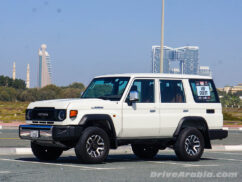
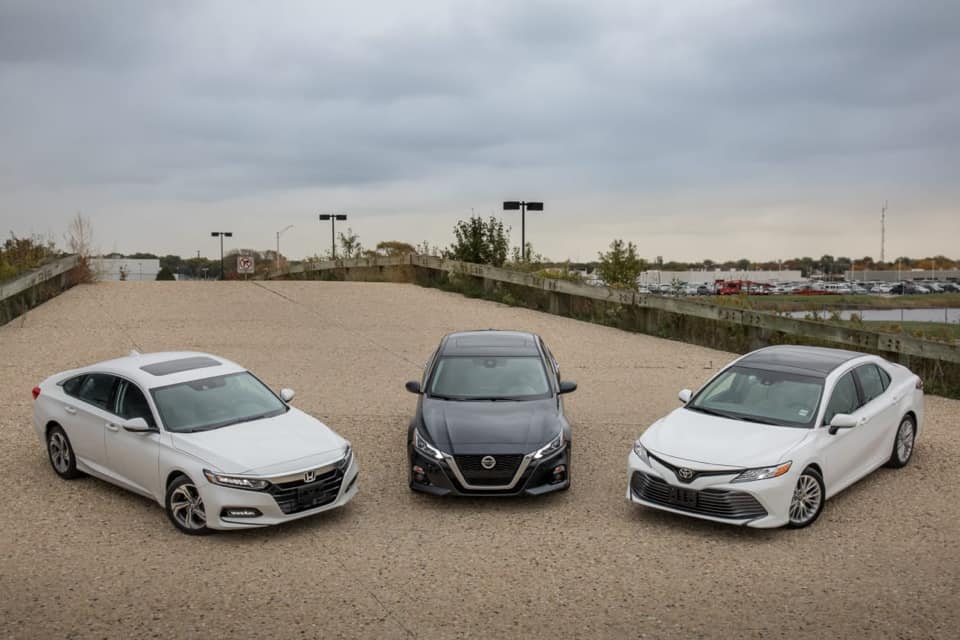
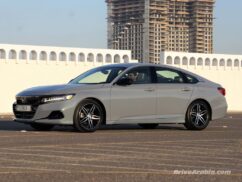
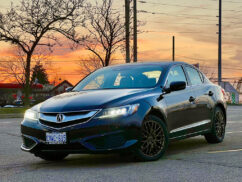
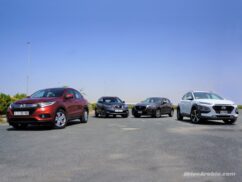
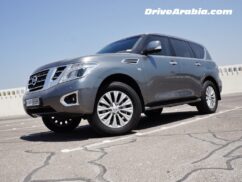
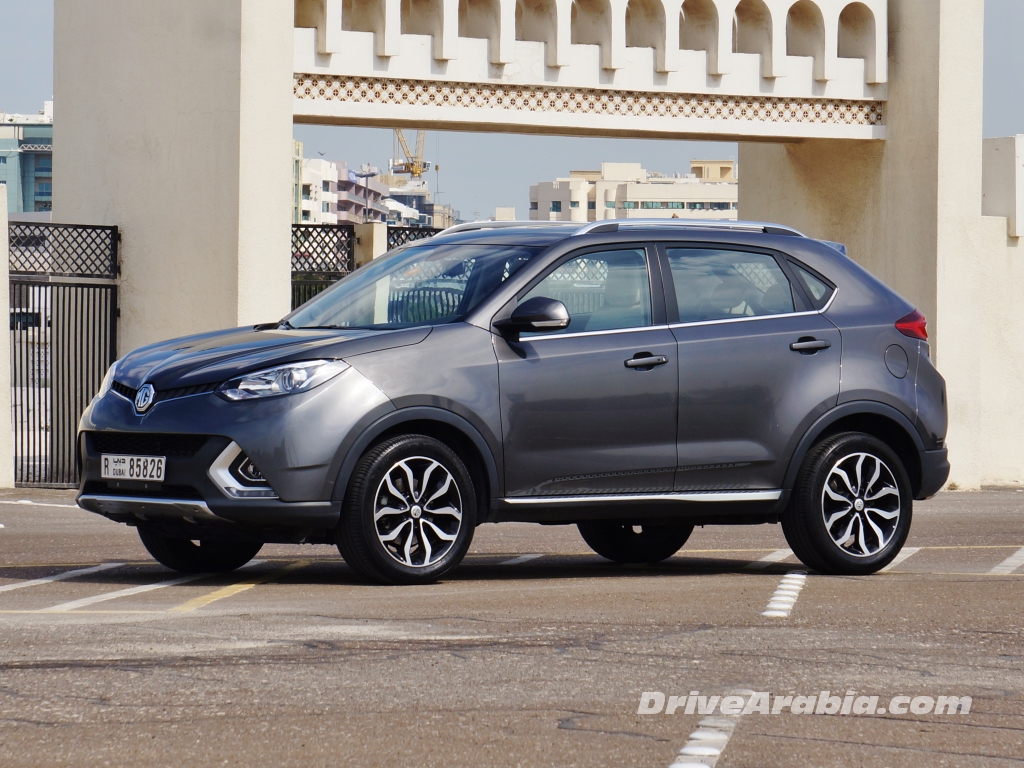





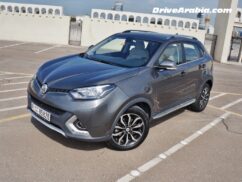


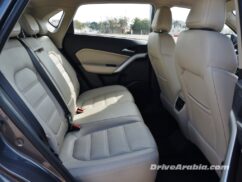
Comments
MUHAMMAD FAROOQ
need test drive